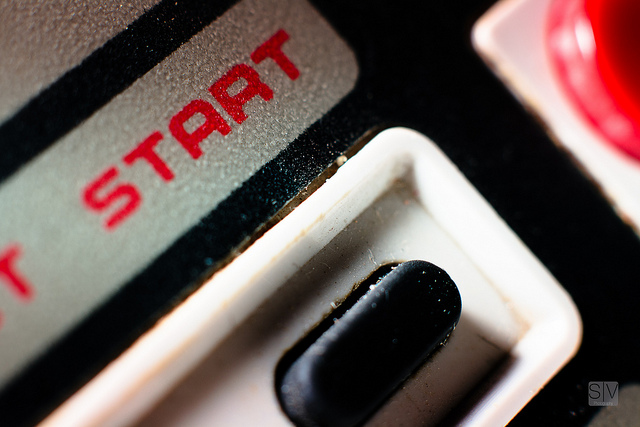

As you know by now, a good introduction will capture an audience’s attention, while a bad introduction can turn an audience against a speaker. An attention-getter is the device a speaker uses at the beginning of a speech to capture an audience’s interest and make them interested in the speech’s topic. Typically, there are four things to consider in choosing a specific attention-getting device:
First, when selecting an attention-getting device, you want to make sure that the option you choose is actually appropriate and relevant to your specific audience. Different audiences will have different backgrounds and knowledge, so you should use your audience analysis to determine whether specific information you plan on using would be appropriate for a specific audience. For example, if you’re giving a speech on family units to a group of individuals over the age of sixty-five, starting your speech with a reference to the television show Gossip Girl may not be the best idea because the television show may not be relevant to that audience.
Second, you need to consider the basic purpose of your speech. As discussed earlier in this text, there are three basic purposes you can have for giving a speech: to inform, to persuade, and to entertain. When selecting an attention-getter, you want to make sure that you select one that corresponds with your basic purpose. If your goal is to entertain an audience, then starting a speech with a quotation about how many people are dying in Africa each day from malnutrition may not be the best way to get your audience’s attention. Remember, one of the basic goals of an introduction is to prepare your audience for your speech. If your attention-getter differs drastically in tone from the rest of your speech (e.g., dying in Africa when you want your audience to laugh), the disjointedness may cause your audience to become confused or tune you out completely.
Your third basic consideration when picking an attention-getting device is your speech topic. Ideally, your attention-getting device should have a relevant connection to your speech. Imagine if a speaker pulled condoms out of his pocket, yelled “Free sex!” and threw the condoms at the audience in the beginning of a speech about the economy. While this may clearly get the audience’s attention, this isn’t really a good way to prepare an audience for a speech about bull and bear markets. Not every attention-getter is appropriate for a given topic. Instead, a speaker could start this speech by explaining that “according to a 2004 episode of 60 Minutes, adults in the United States spend approximately $10 billion annually on adult entertainment, which is roughly the equivalent to the amounts they spend attending professional sporting events, buying music, or going out to the movies” (Leung, 2004). Notice how effective the shocking statistic is in clearly introducing the monetary value of the adult entertainment industry.
The last consideration when picking an attention-getting device involves the speech occasion. Different occasions will necessitate different tones, or particular styles or manners of speaking. For example, a persuasive speech about death and dying shouldn’t be happy and hilarious. An informative speech on the benefits of laughing shouldn’t be dull, dreary, and depressing. When selecting an attention-getter, you want to make sure that the attention-getter sets the tone for the speech.
Now that we’ve explored the four major considerations you must think of when selecting an attention-getter, let’s look at a range of different attention-getters you may employ. Miller (1946) discovered that speakers tend to use one of eleven attention-getting devices when starting a speech. The rest of this section is going to examine these eleven attention-getting devices.
The first attention-getting method to consider is to tell your audience the subject of your speech. This device is probably the most direct, but it may also be the least interesting of the possible attention-getters. Here’s an example:
We are surrounded by statistical information in today’s world, so understanding statistics is becoming paramount to citizenship in the twenty-first century.
This sentence explicitly tells an audience that the speech they are about to hear is about the importance of understanding statistics. While this isn’t the most entertaining or interesting attention-getter, it is very clear and direct.

Dave Dugdale – Attentive Audience – CC BY-SA 2.0.